Sierra de las Nieves

A mountain range whose name Sierra de las Nieves translates as ‘Snowy Mountains’ would not normally be associated with a place like Marbella, yet within sight of the town’s palm-fringed Mediterranean shores exists an untamed natural reserve that carries a white snow-cap in winter.

Covering a total area of just over 200km2, the Sierra de las Nieves National Park extends northwards from Marbella towards Ronda, and forms one of the most untouched parts of the mountainous interior that is known collectively as the Serranía de Ronda. Essentially this is a rugged, mountainous region cut by deep valleys and dressed with the cover of forest. It is probably because of its inaccessibility that this particular area has been largely sheltered from human activity, be it modern development or even earlier agricultural settlement. Indeed, with the exception of some lonely hovels and isolated pastoralists this was a largely uninhabited paradise where nature and wildlife could thrive – and continue to do so today.
A land of highwaymen
Those who lived here eked out a tough existence, but the harsh terrain and shortage of prying eyes also made the Sierra de las Nieves a perfect hideaway for the Bandoleros, the highwaymen that roamed large parts of Andalucía in the 19th century. Knowing that the Guardia Civil could not venture into this region easily, it became one of their favoured hideouts, and a base from which they planned their raids and the tormenting of the authorities in which they so delighted. Even here the idea of settling down in villages and cottages was too dangerous for these mountain men, so they searched for the large caves that gave them not only shelter but were also practically invisible to outsiders.
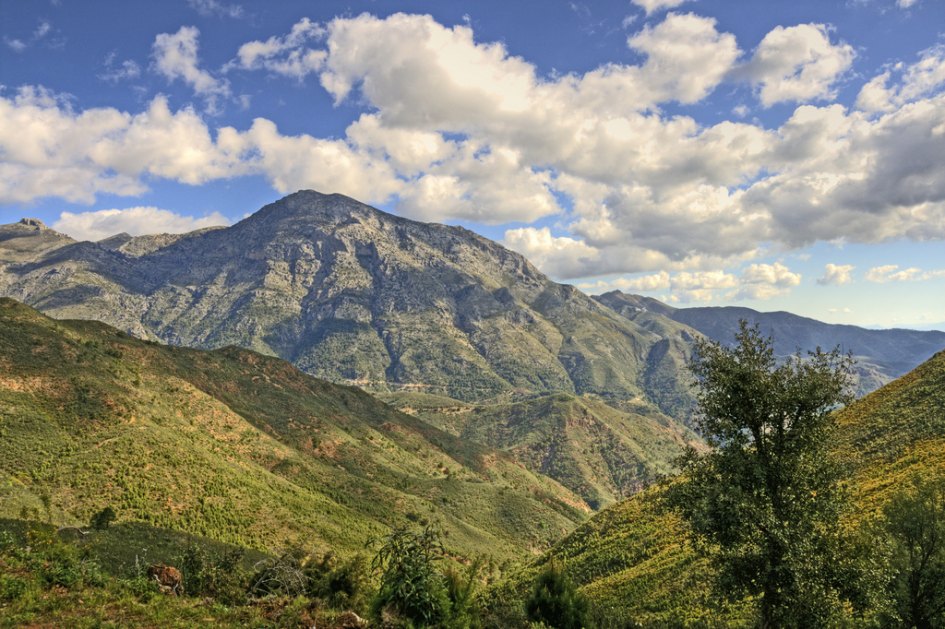
In that sense the Sierra de las Nieves seems to have been made for these erstwhile bandits, for it is dotted with an abundance of caves and potholes – including some of the largest and deepest in all of Europe. Even if the king’s forces could make their way unnoticed into the steeply angled landscape, they would still find it hard to encounter the bandoleros, much less surprise them. Add to this an abundance of game and small plots that can easily be hidden within thick forest, and you have the makings of paradise for a hardy people whose main wish was to remain out of the reach of human civilisation.
A natural preserve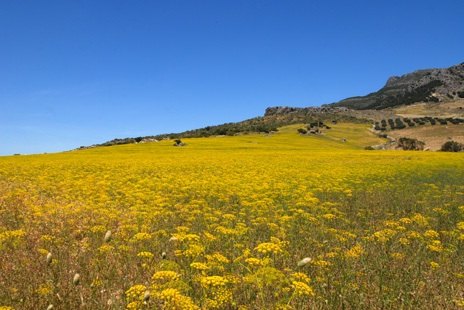
In winter this often leads to spectacular snow-covered scenery that you would not believe existed so close to the swimming pools and palm trees of the Costa del Sol. In summer, the mountain belt also keeps the dry, hot air from the interior out, yet these conditions – combined with the lack of human interference – are just right for a wide variety of fauna and flora. Indigenous trees such as the pine, fir, ash, chestnut, wild olive, cork oak and juniper, dominate a countryside that is home to mountain goats, muflon, doe deer, mongoose, badgers and also a rich variety of birdlife that includes eagles, vultures and the royal owl. Declared a National Hunting Reserve in 1970 and a UNESCO Biosphere Reserve in 1995, the Sierra de las Nieves is as pristine a natural environment as you are likely to find in Europe, complete with thriving indigenous fauna and flora, as well as low-key recreational activities such as horse-riding, mountaineering and potholing for those with a penchant for nature’s bounty.
Diana Morales, 18 Jan 2012 - Lifestyle
Related Articles
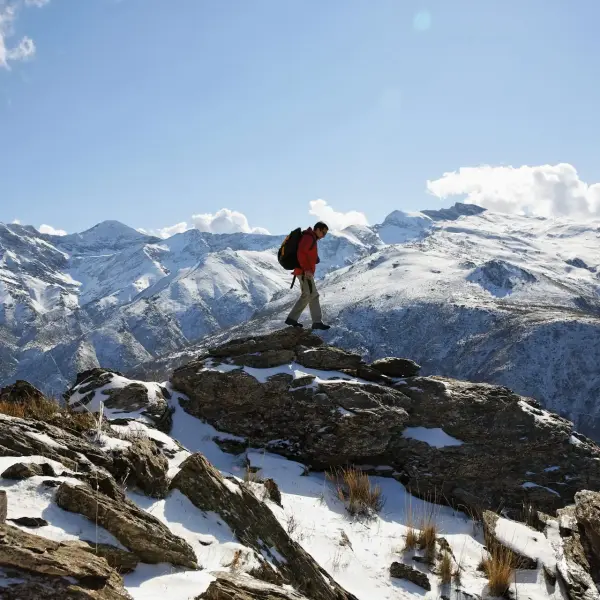
Year-Round Activities in Sierra Nevada: Skiing and Beyond
8 min. read · Pia Arrieta

Cádiz
3 min. read · Pia Arrieta
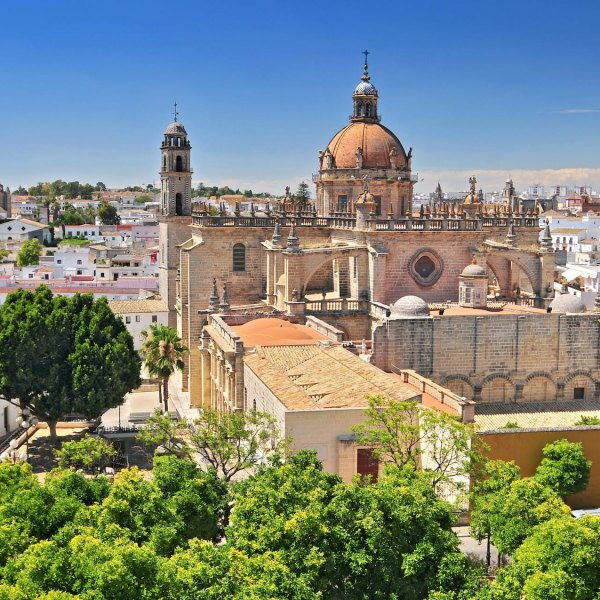
Jerez de la Frontera
2 min. read · Pia Arrieta
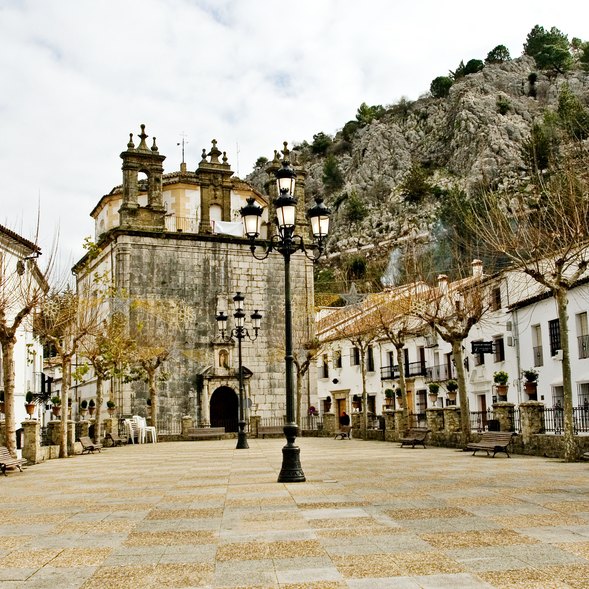
Grazalema – Serranía de Ronda
2 min. read · Diana Morales